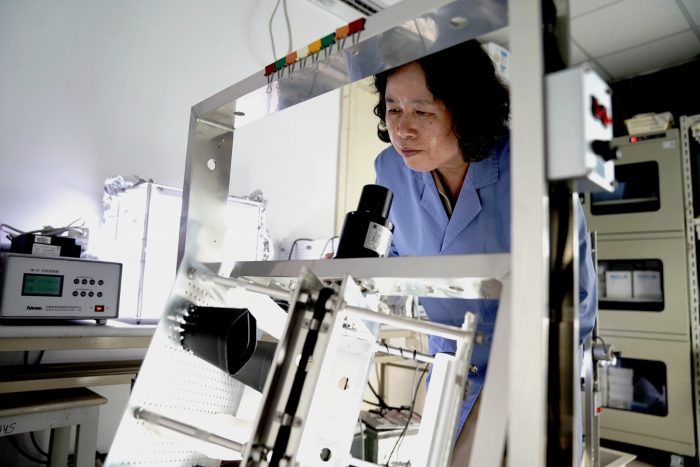In this International Day of Women and Girls in ScienceWe celebrate significant progress in highlighting and promoting women's participation in science, and at the same time, we must propose ambitious goals that contribute to further reducing the gender gap and overcoming social and cultural barriers imposed from childhood.
To many, the name Hypatia seems like a mystery. Next to the famous thinkers and scientists of antiquity – such as Pythagoras, Aristotle and Archimedes – Hypatia's discoveries and research often go unseen. Few know, for example, that she was one of the first female mathematicians in history; They do not know that he wrote on geometry, algebra, and astronomy, and that he designed scientific instruments such as the hydrometer and the astrolabe to determine the positions of the stars.
Just like her, many scientists have had to face significant obstacles throughout their careers. From childhood, girls are exposed to a barrage of gender stereotypes and biases that prevent them from pursuing scientific careers and impose social and cultural barriers that persist into adulthood. Hence the importance of thinking and creating initiatives that enhance their integration in these areas of knowledge.
Today it is important to realize and appreciate that more than fifteen hundred years after Hypatia, the public picture has improved significantly: the gender gap has narrowed and more and more women dare to study scientific careers.
According to the latest report by the Ministry of Women and Gender Equality, 53% of those enrolled in higher education are women. Along these lines, the Ministry of Education established the “More Women Scientists (MC+)” program in 2023, with the aim of opening university places for women in STEM careers. The initiative saw the participation of 39 out of 45 universities affiliated with the Access System, among them the Adolfo Ibáñez University (UAI), which in 2024 showed an increase in the proportion of women selected in engineering and science by 9 percentage points, from 26% to 35%. In fact, the performance was The academic performance of the summoned women is better than that of men on several indicators that make up the weighted score.
These are encouraging numbers that show that we are on the right path, and that we are moving step by step towards a scenario in which girls and women can fully develop their talents and careers. However, there are still gaps that we need to close to achieve increasingly full justice. According to the latest report on gender gaps in higher education, only 19% of women enter STEM careers in their first year and of the 90,580 students in these programs – engineering, chemistry or astronomy, for example – only 17,238 students.
According to the CTCI 2020 Gender Mapping, the proportion of women who reach the top of the hierarchy as full professors in Chilean universities is only 22%, which is mainly explained by the difficulties and demands related to making their family life compatible with their professional development.
This shows us that there is still a way to go. On this International Day of Women and Girls in Science, we applaud the progress made, but we must set new goals for ourselves to continue improving. We must work with a focus on continuing to reinforce the references and models to follow, so that women as children feel inspired to follow their dreams and supported on this journey that will allow them to find their true calling.
-
The content expressed in this opinion column is the exclusive responsibility of its author and does not necessarily reflect the editorial line or position of the author the counter.



:quality(85)/cloudfront-us-east-1.images.arcpublishing.com/infobae/MSQQEBE5IBGHZDSHEBJZ6M7UW4.jpg)

:quality(85)/cloudfront-us-east-1.images.arcpublishing.com/infobae/I4LDK6AOK5CL3IS22373RURLBI.jpg)